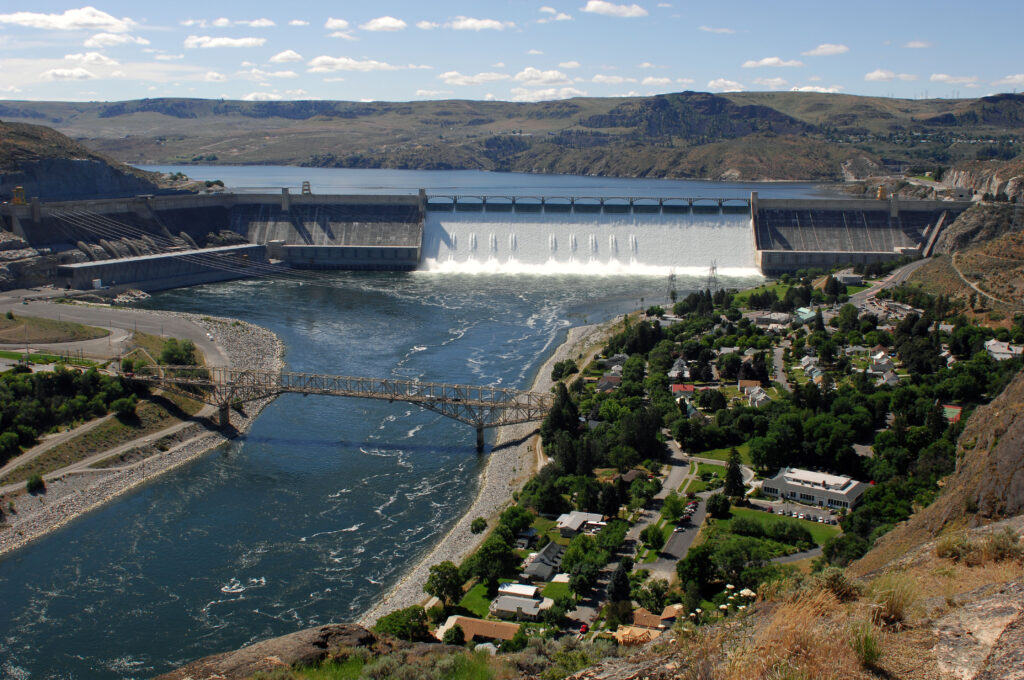Warm Springs tribes plan to lease land for massive solar energy project
Published 5:30 am Friday, December 6, 2024

- Solar panels
The Confederated Tribes of Warm Springs have initiated first steps into the solar energy industry. The tribes are currently in talks with Florida-based BrightNight, a solar energy developer, to build a 250-megawatt solar farm on reservation land.
BrightNight plans to start construction on the solar farm by 2026 or 2027, after permitting and an environmental review process, according to Cathy Ehli, general manager for Warm Springs Power and Water Enterprises.
In addition to studying the impact on wildlife, the environmental review will also cover the solar farm’s impact on first foods and culturally significant areas of the Warm Springs Indian Reservation.
“We always are looking for those impacts … that is all yet to be determined through this environmental review,” Ehli said.
Pending approvals and financing, the project is shaping up to be one of the largest solar farms in Oregon and will help the state meet its climate goals. The state is trying to lower greenhouse gas levels to 45% below 1990 levels by 2035 and achieve greenhouse gas levels that are at least 80% below 1990 levels by 2050. Reaching these goals will require adding solar capacity and other renewable energy sources to reduce reliance on power plants that burn fossil fuels.
Revenue from fees
BrightNight will fully invest in the project with Warm Springs receiving payments through fees and permitting. The project could support jobs on the reservation, said Ehli, and the revenue generated would go toward community and educational needs.
An investment amount remains undetermined but early estimates are $300 million, said Ehli.
BrightNight has developed utility-scale renewable energy projects in several states. In October it closed a $440 million strategic investment from Goldman Sachs to build several solar and energy storage projects.
The Warm Springs project, known as Salmon Fly, is expected to cover 2,000 acres of land on the reservation. Several potential locations have been identified for the project. One likely location is near Lake Billy Chinook and the Round Butte Dam, putting it near existing transmission lines.
A year ago the tribes were issued a $250 million federal grant to upgrade transmission lines that carry power from the Pelton Round Butte hydroelectric dam complex, which the tribes jointly own with Portland General Electric. The grant will help the Tribes develop new power projects, including the solar farm, said Ehli.
“That (grant) really opened up possibilities for us to be able to develop renewable energy on the reservation,” she said.
Among the largest projects
Ehli says the goal of the solar project is to bring it to the planned 250-megawatt capacity, but it may be reduced pending project studies and financing. Even if it ends up being slightly smaller it would be among the largest solar farms in Oregon.
The 162-megawatt Pachwaywit project in Gilliam County is currently the biggest but the 400-megawatt Obsidian Solar Center in Lake County is on track to take the top spot when it’s completed next year.
Besides its energy generation potential, Salmon Fly’s other main feature is a battery storage unit that can store power to be deployed during peak demand.
Portland General Electric and Pacific Power are two potential energy off-takers but no agreements have been made, Ehli said.
Massive solar farm planned for BLM land near Redmond greenlit for environmental review






